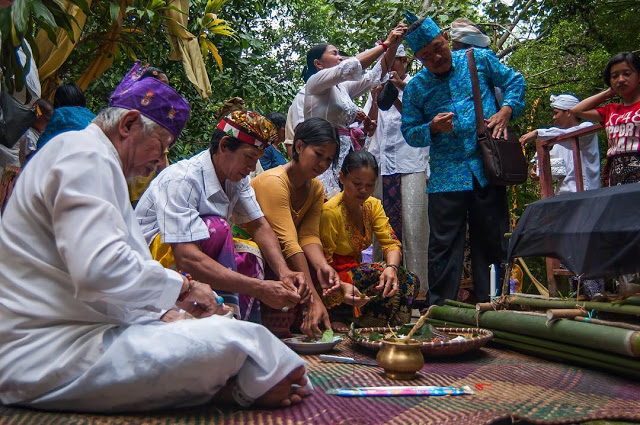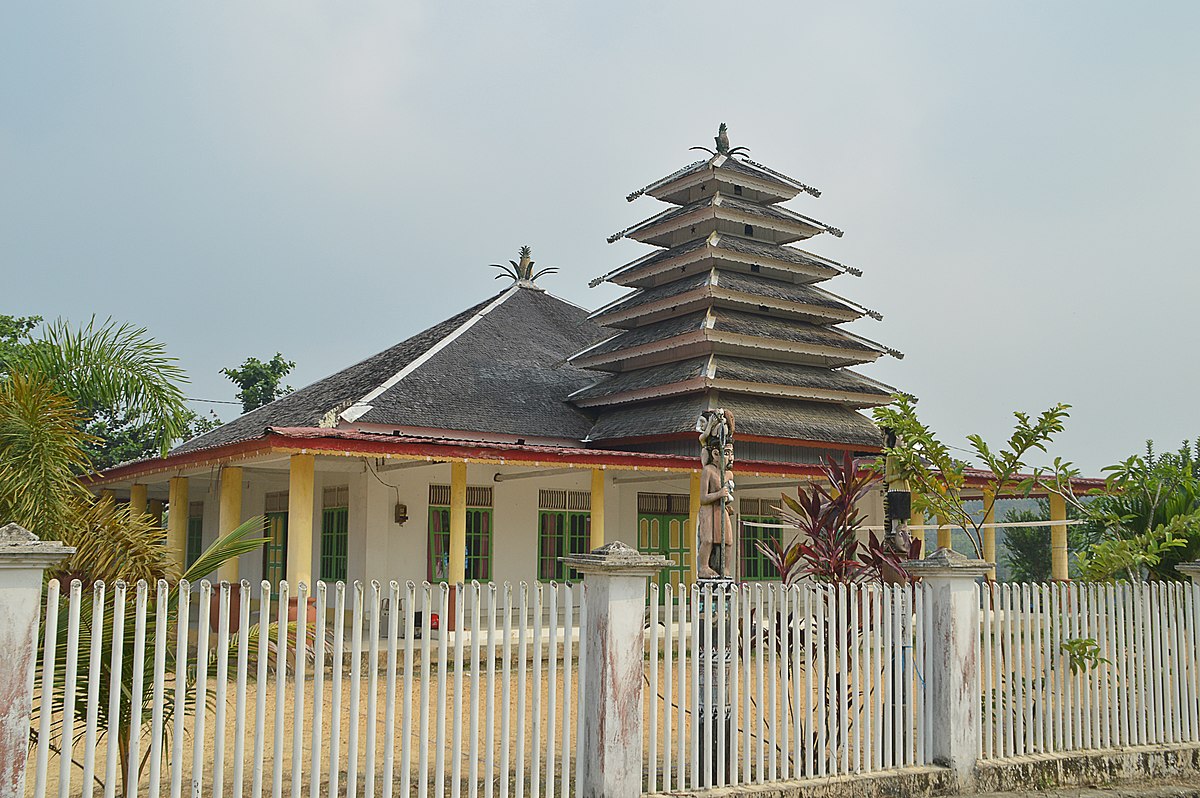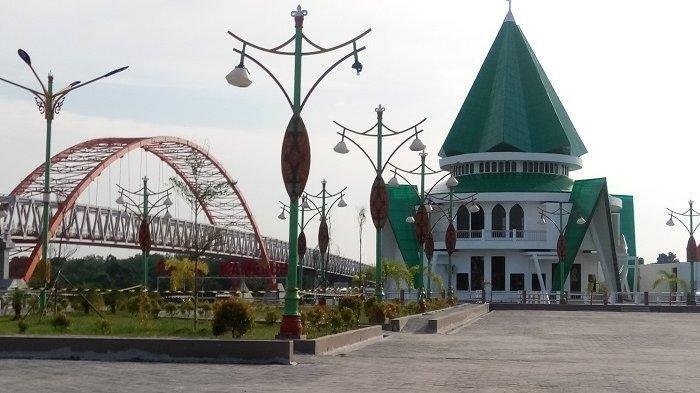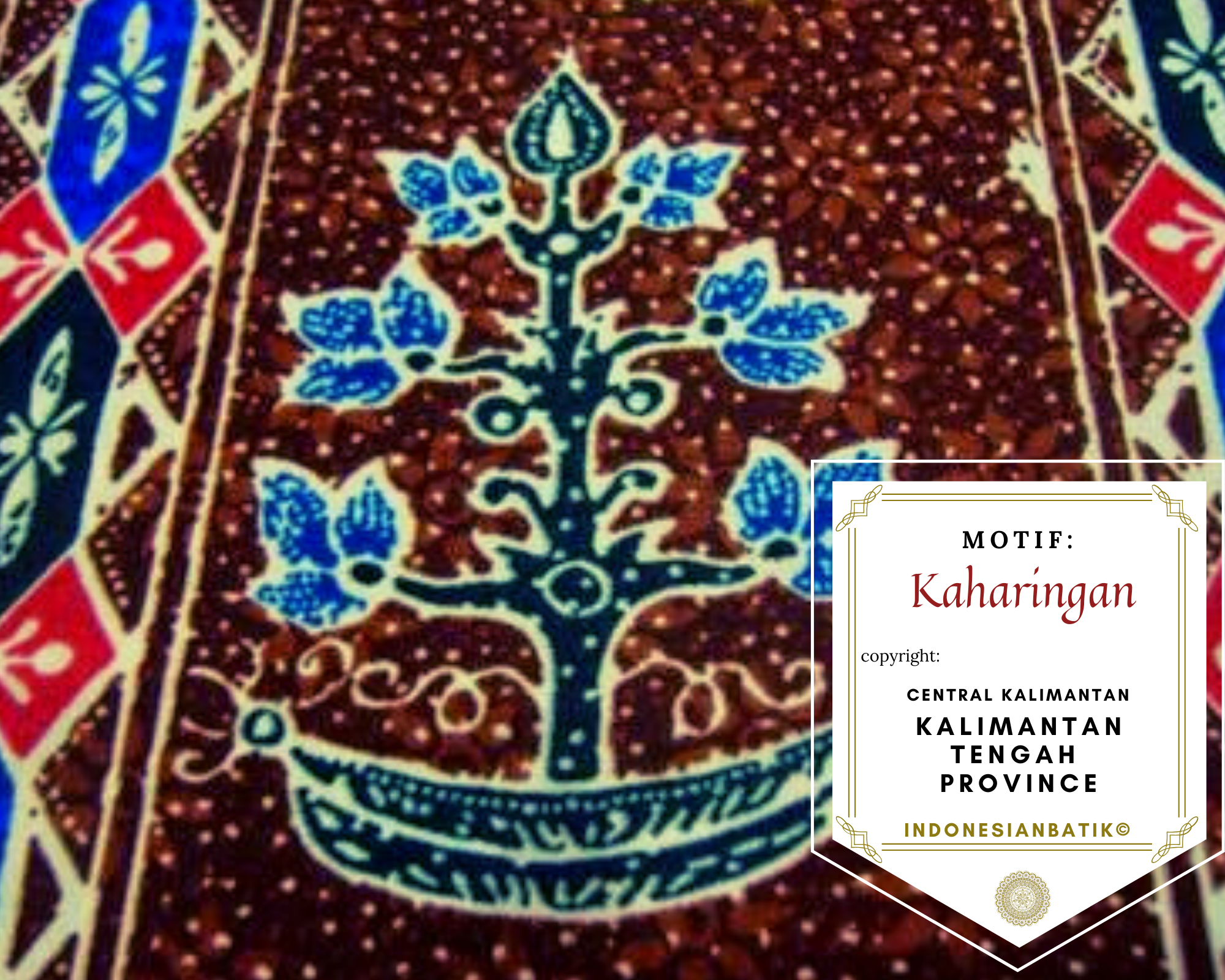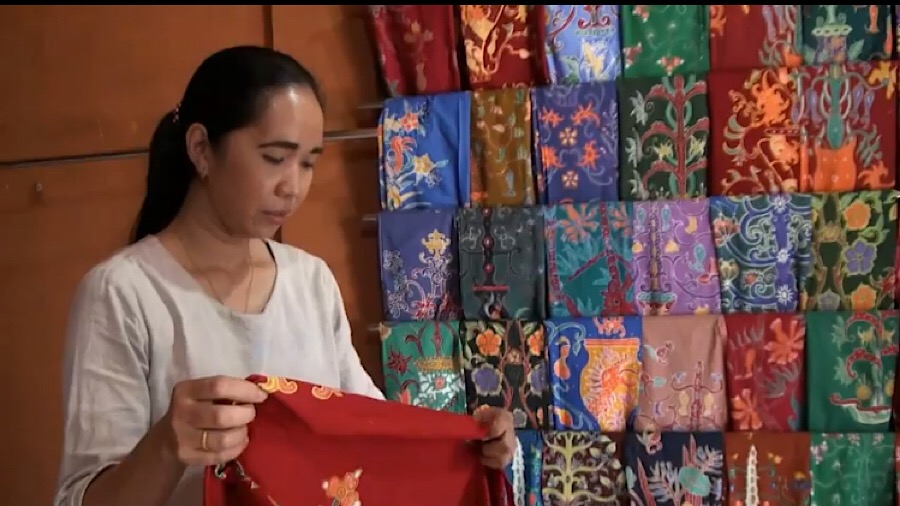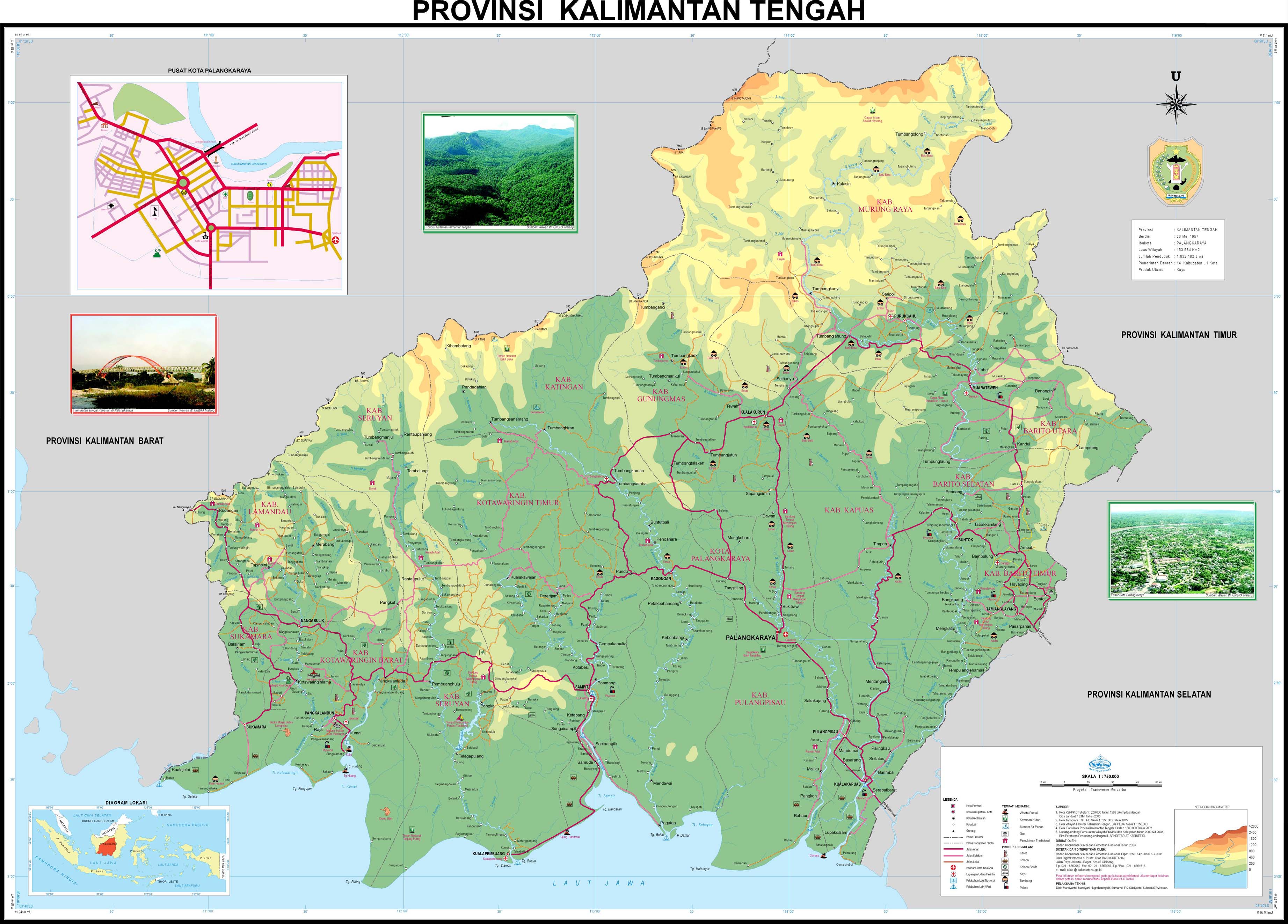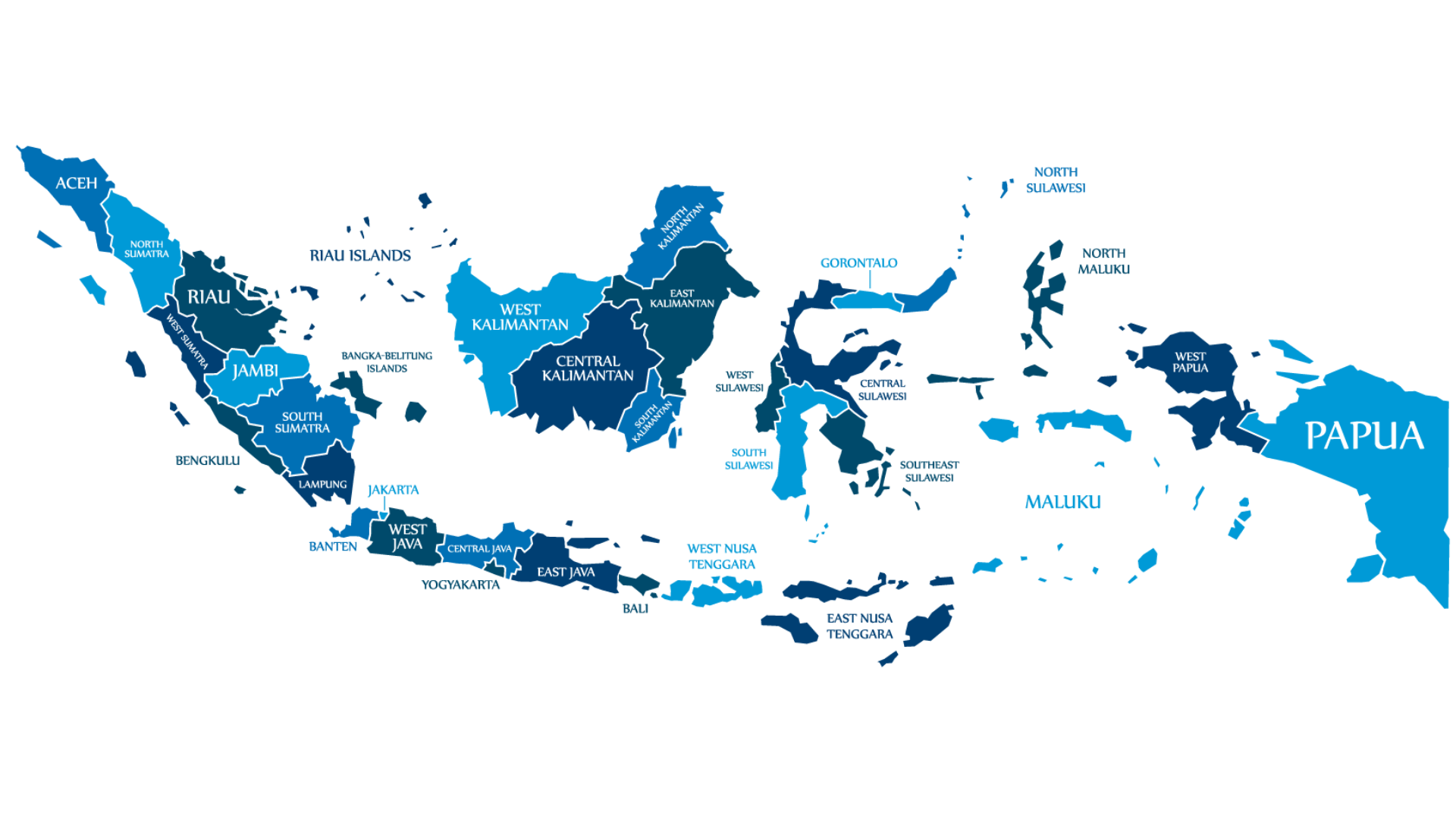Home / Batik Regions – Central Indonesia – Kalimantan Island – Central Kalimantan
Facts of the region
Discover Batik in Central Kalimantan
The Batik handwriting activities in Central Kalimantan (photo: Baritonews)
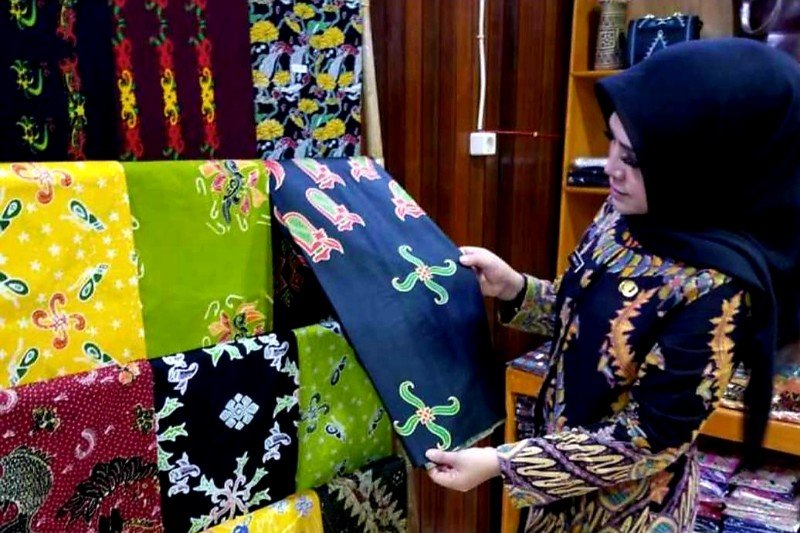
The Batik exhibition in Central Kalimantan (photo: Balanganews)
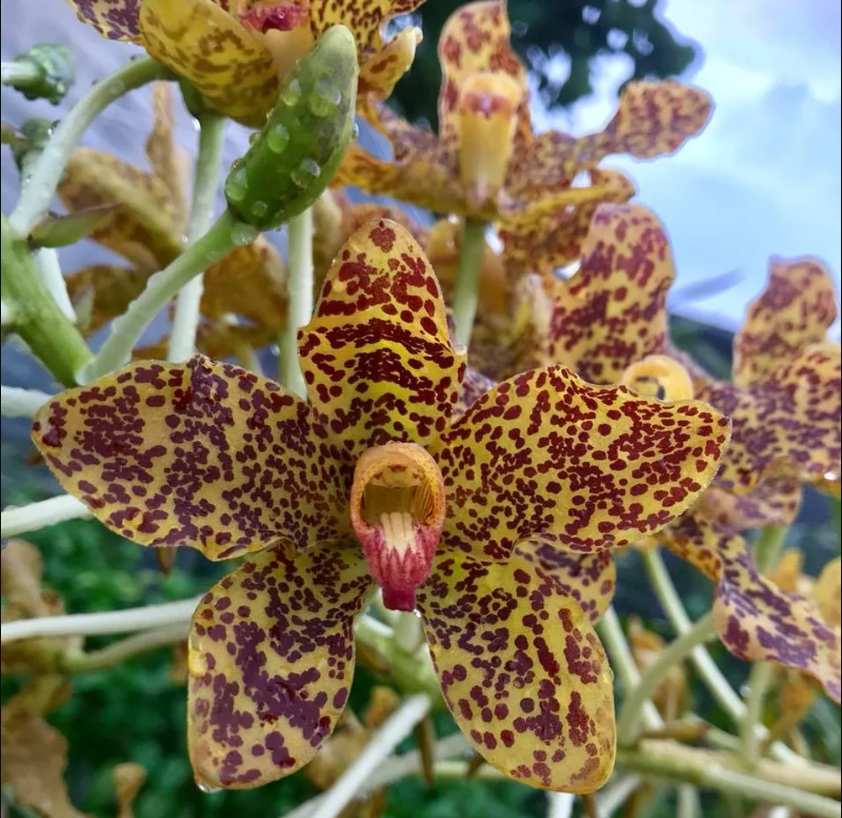
The sugarcane orchid (Grammatpphyllum Speciosum), as one of Batik motif inspirations, in Central Kalimantan (Photo: @Venus Orchid)
The Borneo’s Tree of Life
A characteristic frequently found in this cloth from Central Kalimantan is the “Batang Garing” (Tree of Life) motif. Batik Batang Garing symbolizes the balance between the “Upper World” (the sky, the spiritual world) and the “Lower World” (the earth, the material world). Other motifs also have their own spiritual significance: The Kelakai, Mandau, Tingang bird with Haruei feather, Huma Betang, nepenthes flowers from Lamandau, Bajakah, Naga, rattan weaving motifs, Dayak carving motifs, and Balanga motifs.
The Socio Cultural Values of Batik in Central Kalimantan
The birth of Central Kalimantan batik was the idea of the wife of Governor Suparmanto, the Governor of Central Kalimantan who ruled in 1989-1993. Central Kalimantan batik was created by combining two cultures, namely batik techniques from Java with Dayak (Ngaju) motifs from Central Kalimantan. This batik is later known as the Benang Bintik (“Spotted Thread”) batik and becomes one typical souvenir of Central Kalimantan. It is also especially worn during Dayak cultural festivals as a remembrance of Dayak ancestors and their local wisdom.
Batik Motifs in Central Kalimantan
Batik Villages in Central Kalimantan
local batik workshop
Batik villages are the region where the Batik producers mostly reside. You could buy the Batik textiles from the artisans and participate in the making process of Batik on the site.
Central kAlimantan
Visual Journey
in 1 Minute
Batik production in central kalimantan
The Wonder of Bumi Tambun Bungai
Central kAlimantan
The Batang Garing Landmark in Kuala Kapuas City, Central Kalimantan (photo: @KIPinfokom)
About Central Kalimantan
Central Kalimantan is known for its peaceful and harmonious society. As an acknowledgment of their collective efforts to maintain harmonious social ties between communities, this region is designated as the Land of Pancasila. Pancasila is the five principles that make up the philosophical base of the founding of Indonesia as a state: Belief in one Almighty God, fair and civilized humanity, unity of Indonesia, democracy led by the wisdom of discussion and representation, and social justice for all Indonesians. This region is the living embodiment of Indonesia’s motto, “Bhinneka Tunggal Ika” or “Unity in Diversity”.
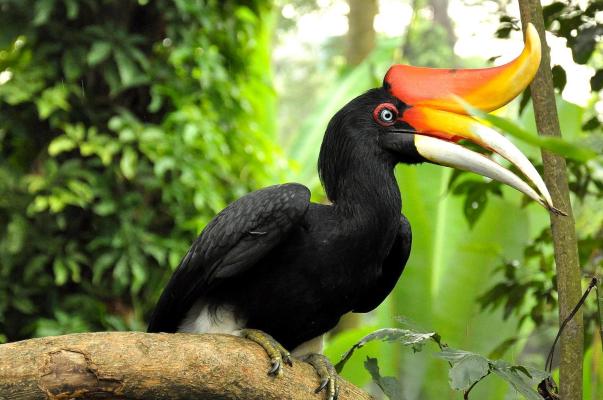
Facts about Central Kalimantan
Central Kalimantan is one of Indonesia’s several provinces located on the island of Kalimantan. Its capital is the City of Palangkaraya. This province is the second largest province after Papua Province, with an area size of 157,983 km². Its native tribe of is the Dayak tribe. In the 2015 population census, its population is 2,680,680 inhabitants.
Central Kalimantan is bordered by West Kalimantan Province in the west, while in the east it is bordered by East Kalimantan Province and South Kalimantan Province. In the north, this region is bordered by West Kalimantan Province and East Kalimantan Province. It borders with Java Sea in the south, which separates it from Java island.
One of the endemic faunas of this region is the enggang or hornbill, which is a protected species (Photo: @omkicau).
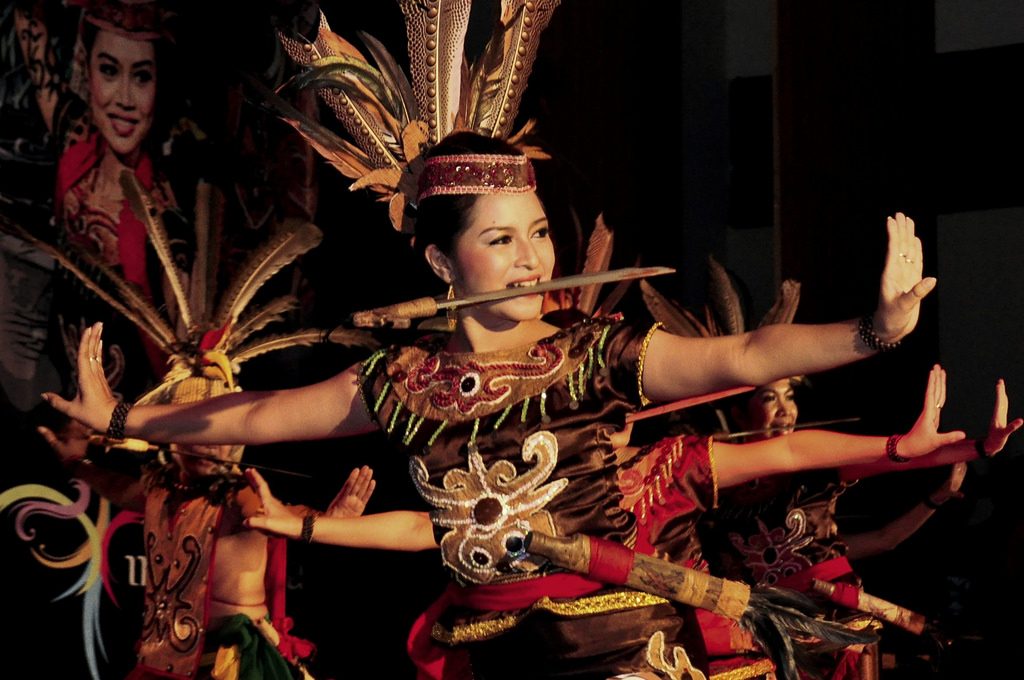
Highlights on Culture
Several Several kingdoms existed in Central Kalimantan from the 13th century until the 16th century: Bunu Kingdom, Majapahit Empire, Negara Dipa Kingdom, Negara Daha Kingdom, Sultanate of Banjar, and Kotawaringin Kingdom. This region was part of the Dutch Indies colony in the 17th to 19th Century.
One of the ancient legacies of Dayak Ancestors is Huma Betang. It is a traditional vernacular house inspired by the philosophy of the citizens of Central Kalimantan. It is tall and spacious – it shelters a number of families with different backgrounds of ethnicity and religion. Despite the diversity, the community promotes tolerance and mutual respects among society members.
Another typical intangible cultural heritage from Central Kalimantan is the Mandau Dance. This dance presents the ability of the dancers in wielding the traditional mandau sword of the Dayak community as they dance skillfully. (photo: Masadena).
Tourist Attractions in Central Kalimantan
